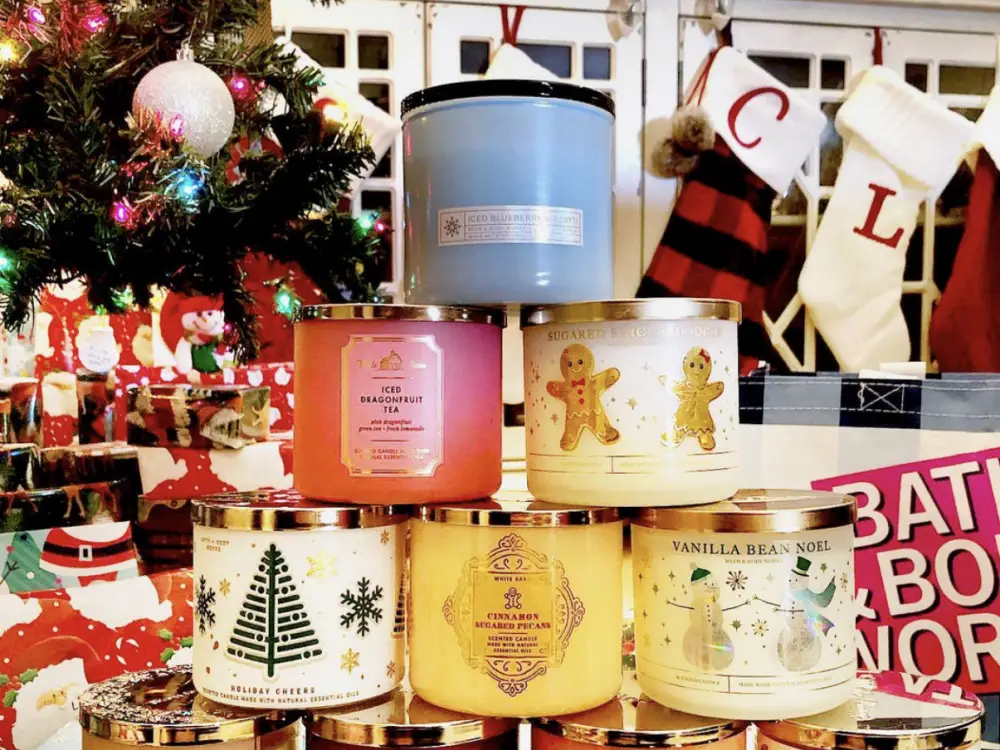December is here, which means it is the unofficial start of winter. The weather is turning cold, snowflakes are falling, holiday lights adorn houses and wreaths decorate lampposts. With winter also comes television advertisements using the phrase “holiday cheer” and retail stores shifting their displays toward their winter product lines. For example, popular beauty supply chain Bath and Body Works prides themselves on their seasonal scent collections. However, their “winter” collection is entirely holiday-themed and will disappear off the shelves as soon as Christmas ends.
Although there’s nothing wrong with spreading a little bit of holiday spirit (which is something people want around this time), the issue lies in equating the larger season of winter with a holiday that only lasts one day and is only observed by one group of people. Bath and Body Works uses imagery associated with the commercialized version of Christmas to name and market their products. In the long run, this is not problematic since they advertise it in a way that is respectful to those who observe the holiday. What they do well is avoid the appropriation of religious terminology and symbolism while still incorporating the Christmas aesthetic as it is recognized in popular culture. However, it can still be seen as highly exclusionary to people who do not celebrate Christmas, as they will often avoid buying products that are holiday-specific.
Some other winter imagery associated with Christmas, mostly thanks to the commercialized version of the holiday, is peppermint and gingerbread. As both of those elicit very pleasant scents, Bath and Body Works jumped right on the trend by creating products that revolve around them. Although they don’t have a gingerbread scent, the packaging for “Peppermint Sugar Cookie” features a picture of a gingerbread man on it. Gingerbread cookies themselves are not traditionally associated with any particular season, but when they’re decorated to look like people, that’s when they become a Christmas symbol. And that’s one of the many things that should remain unassociated with an initially religious holiday.
Bath and Body Works does sell plenty of winter scents that are not associated with Christmas, but the catch to this is that they tend to disappear from shelves as soon as the holiday ends. Immediately following the holiday season, Bath and Body Works has what they call their semi-annual sale, which is how they get rid of seasonal inventory by selling it off for very low prices. They make it obvious that this is the point of the sale, as typically the only stuff that gets put on the 75% off regular price table is the leftover Christmas inventory. The other sale tables are all the other winter scents, which always achieve “retired” status after the sale ends.
There’s a major issue with this way of phasing out inventory: There are two more months left of the winter season. By making all the winter products holiday-themed and eliminating those that hit the shelves at different times, there’s a big gap during which there are no special products being sold. The spring, summer and fall collections are all holiday-neutral, and therefore can stay out longer than the winter ones. In the time between the retirement of the winter collection and the release of the spring one, the only scents available are what Bath and Body Works calls their “signature” line. Although many of these are bestsellers, such as “A Thousand Wishes” and “Hello Beautiful,” there’s nothing special about them. Part of the appeal of going into a Bath and Body Works store is getting to test out the limited-edition scents; without those, nothing sets them apart from their competitors.
Completely ending the downsizing of the winter season to a single-day holiday is quite hard to do, since our culture turned a lot of winter imagery, such as snowflakes and evergreen trees into Christmas symbols. However, what Bath and Body Works could do is alter their packaging after the holiday season ends so that they can keep their winter scents on the shelves for the rest of the season. Keeping these scents around for both January and February would attract more customers to the stores during these months. In the long run, the increased sales could help keep individual stores in business, which is something that every Bath and Body Works enthusiast wants.

















